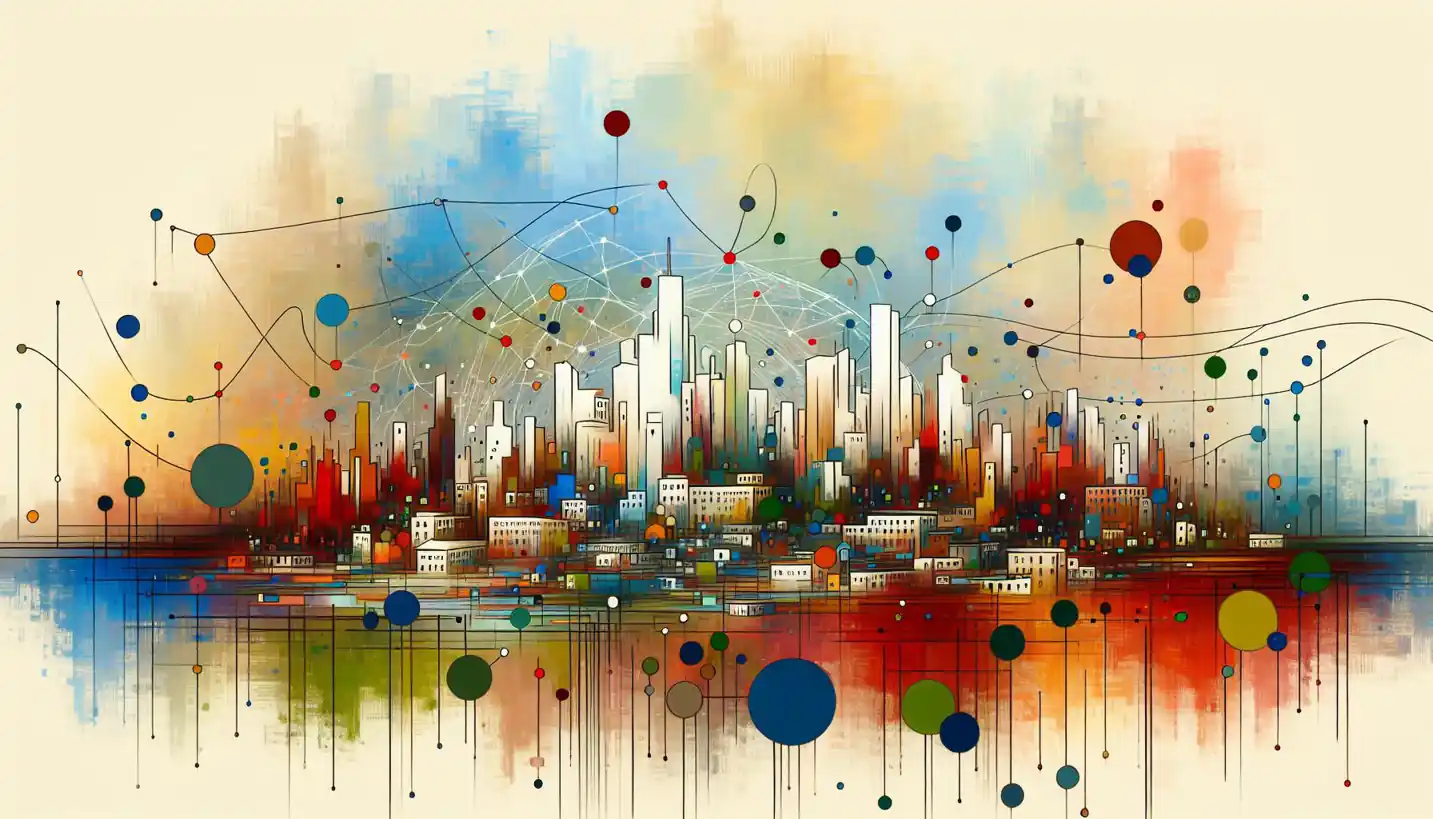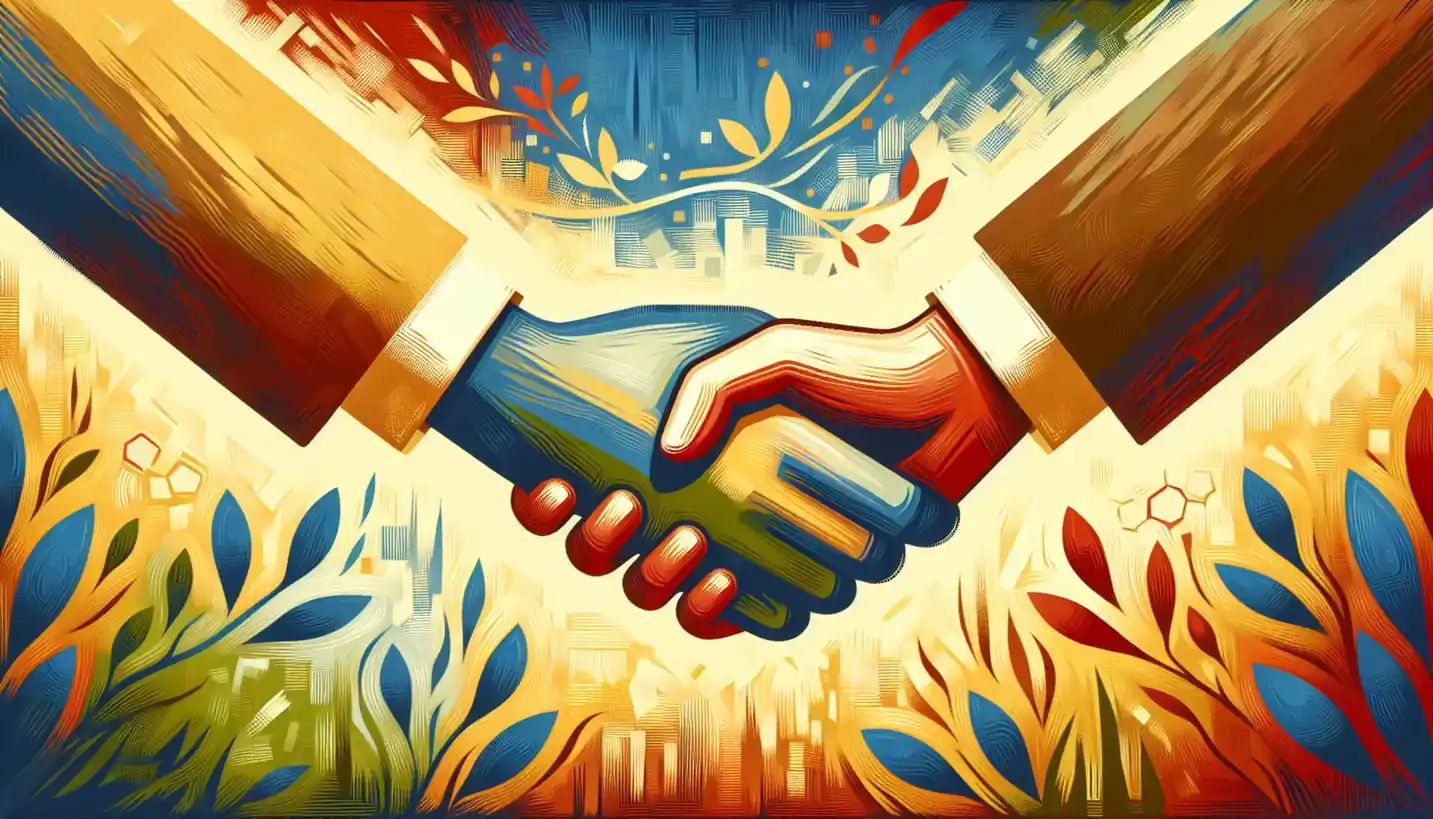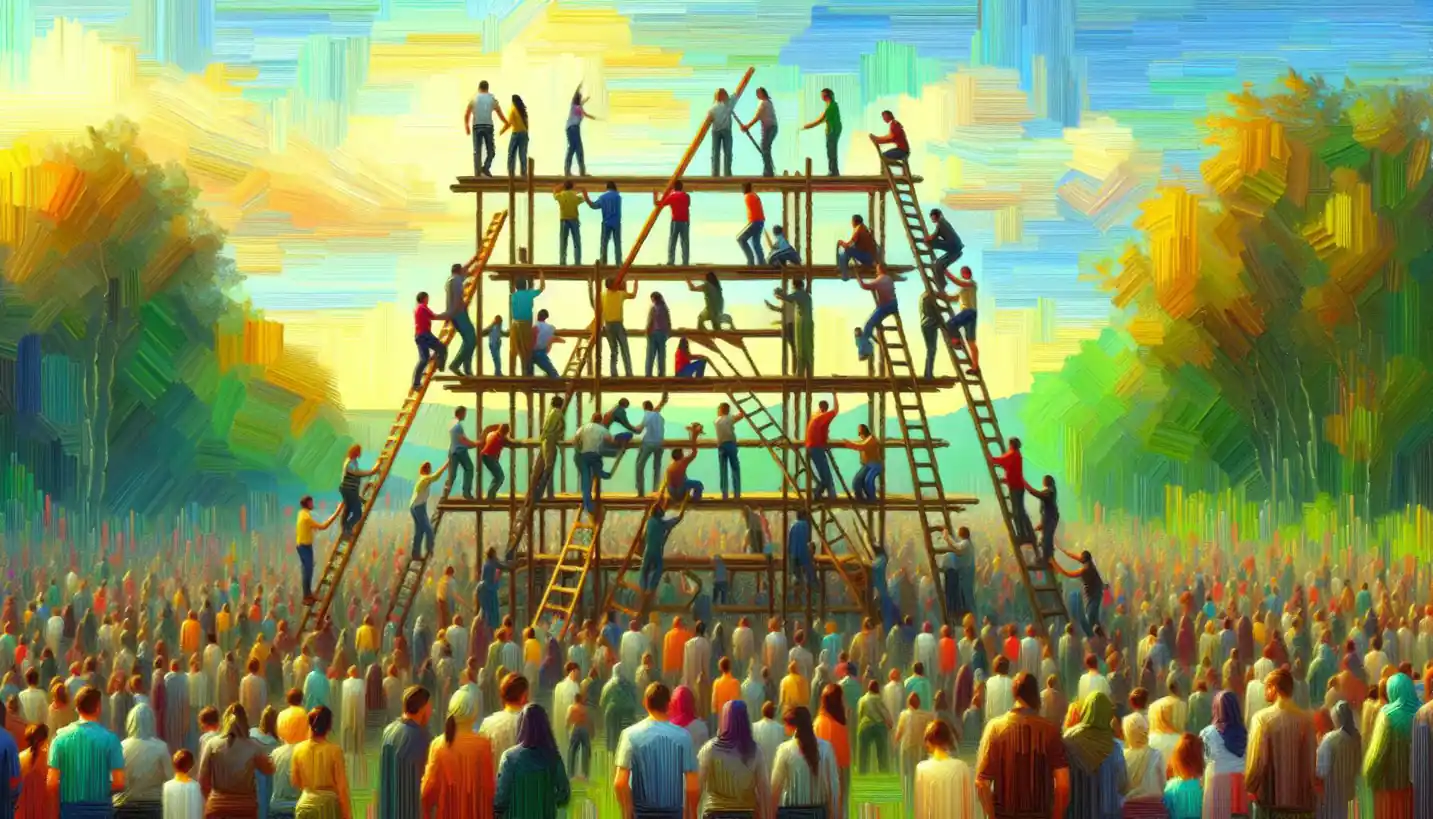· Sociology · 4 min read
Symbolic Boundaries: Understanding Cultural Divisions in Society
Symbolic boundaries define societal divides, influencing group identity. Discover how they create cultural distinctions in our everyday lives.

In a world teeming with diversity, the lines we draw between different groups can shape much of our social world. These aren’t physical lines like borders between countries, but invisible ones known as symbolic boundaries. They play a crucial role in how we perceive each other and divide ourselves into various communities based on culture, class, ethnicity, and more. But what exactly are symbolic boundaries, and why do they matter?
What Are Symbolic Boundaries?
Let’s dive into the concept. Symbolic boundaries are mental distinctions we make to categorize people, practices, and even ideas. These boundaries are constructed based on cultural norms and values that help us define who we are and who we aren’t. Think of them as the rules we use to create a sense of belonging or exclusion in a group. They’re like the unwritten laws that tell us, “You’re one of us,” or “You don’t quite fit in.”
These boundaries can manifest in various ways, from language and religion to dress codes and social etiquette. For instance, attending a formal dinner in your best attire draws a symbolic boundary between what’s considered appropriate and what’s not.
How Symbolic Boundaries Shape Society
Symbolic boundaries are like invisible fences that organize society in surprising ways. They help forge group identity by differentiating one community from another. This isn’t just about identifying differences but also about connecting individuals who share these common markers.
Consider music genres. Fans of classical music might perceive themselves as different from rock enthusiasts, and they create communities based on this shared taste. These musical preferences, while seemingly trivial, illustrate how symbolic boundaries can create a rich tapestry of identities and affiliations.
The Impact on Cultural Power
Not all boundaries are equal. Symbolic boundaries often interact with power dynamics, shaping who gets access to resources or prestige. By defining what is valued and what isn’t, these boundaries maintain existing hierarchies.
For example, certain accents or dialects may be considered prestigious, while others are looked down upon, influencing how individuals are perceived in professional settings. This can impact opportunities and reinforce social stratification.
Breaking Down Boundaries: A Fluid Concept
Even though these boundaries seem solid, they’re actually quite fluid. They can change over time and vary across cultures. The idea of what’s acceptable or valuable isn’t static; it evolves as societies do.
Think about food. Sushi, once unfamiliar in many Western countries, is now a beloved cuisine. This shift shows how symbolic boundaries around “exotic” foods can dissolve, leading to new cultural integrations.
Examples of Symbolic Boundaries
To truly grasp symbolic boundaries, let’s explore some real-life examples:
Language
Language is a potent symbolic boundary. The way we speak can align us with certain socioeconomic classes or groups. Imagine a scenario where using formal language places you in an elite circle, while slang connects you with youth culture.
Religion
Religious practices and symbols are another powerful form of symbolic boundary. They determine what rituals are observed, what holidays are celebrated, and how communities are structured.
Fashion
Clothing choices can be a striking way to delineate symbolic boundaries. Think of how goths or punks use fashion to express identity and separate themselves from the mainstream.
Why Do Symbolic Boundaries Matter?
So, why should we care about symbolic boundaries? For starters, they influence social inclusion and exclusion. They can foster a sense of community but also lead to division and discrimination. Recognizing these boundaries helps us understand how social order is maintained and challenged.
In our rapidly globalizing world, symbolic boundaries are constantly negotiated. Global interactions bring diverse cultures together, resulting in both clashes and blends of different traditions. This dynamic underscores the ongoing importance of symbolic boundaries in understanding cultural sociology.
Future Directions in Research
As researchers continue to explore symbolic boundaries, many questions arise. How do these boundaries evolve in digital communities where physical presence isn’t a factor? What role do symbolic boundaries play in multicultural societies striving for harmony?
By delving into these areas, scholars can better understand how symbolic boundaries shape our perceptions and relationships in an ever-connected world.
Conclusion: The Ever-Present Lines We Draw
Symbolic boundaries might be invisible, but their impact is anything but. They are the subtle lines that define cultures, societies, and interactions. By studying these boundaries, we gain insight into the complexities of human behavior and the intricate web of social connections.
Understanding symbolic boundaries allows us to navigate our pluralistic world with greater awareness and empathy, reminding us that behind every boundary lies a story waiting to be told.



